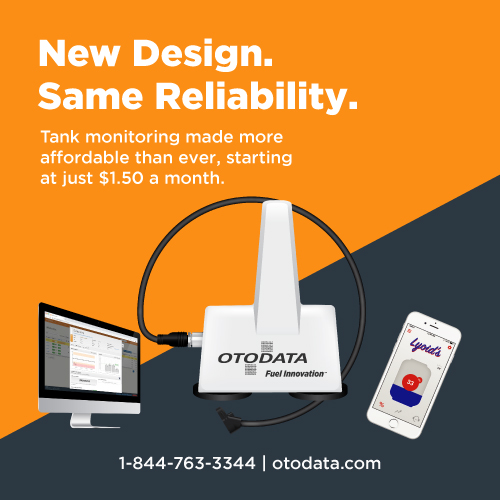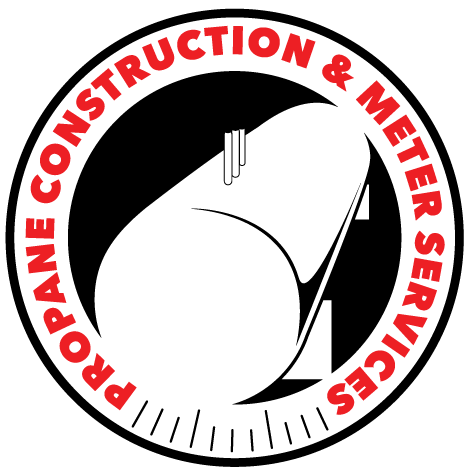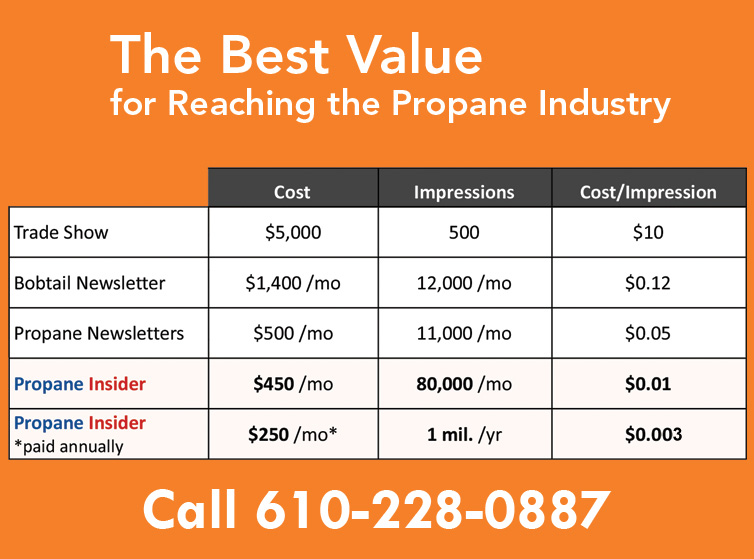Optimizing Inventory in Propane Retail

Strategies for Streamlining Propane Stock Management
Effective inventory management is crucial for propane retailers aiming to maintain service excellence while optimizing costs. Balancing supply with demand, avoiding stockouts, and minimizing surplus inventory are vital challenges impacting profitability and customer satisfaction. This guide outlines strategies to enhance inventory management practices for propane retailers.
Demand Forecasting
Leverage Historical Data: Use past sales data to identify demand patterns, including seasonal fluctuations and growth trends. This information can help predict future demand more accurately.
Monitor Market Trends: Stay informed about industry developments, economic factors, and regional events that could influence propane demand. Adjust your inventory plans accordingly.
Inventory Tracking Technology
Implement Advanced Systems: Utilize inventory management software that offers real-time tracking of stock levels, deliveries, and consumption. This technology can facilitate more precise ordering and stock control.
Adopt Tank Monitoring Solutions: For businesses offering propane tank rentals, installing remote tank monitors can provide accurate, up-to-date information on customer usage, enabling just-in-time refills and optimized inventory levels.
Supplier Relationships
Develop Strategic Partnerships: Build strong relationships with suppliers to ensure reliable propane supply. Discuss flexible ordering terms that can adapt to fluctuating demand.
Diversify Supply Sources: Consider multiple suppliers to reduce dependency on a single source and mitigate risks related to supply disruptions.
Efficient Ordering Practices
Adopt a Just-in-Time Approach: Aim to order stock close to the time it’s needed, based on accurate demand forecasting and tank monitoring data. This strategy can reduce the costs associated with holding excess inventory.
Bulk Purchasing: Bulk purchasing may offer cost advantages for predictable demand periods. Balance the benefits of lower prices against the risks of overstocking.
Safety Stock Levels
Calculate Optimal Safety Stock: Determine the minimum level of inventory needed to prevent stockouts during unexpected demand surges or supply delays. This requires a careful analysis of demand variability and lead times.
Regular Inventory Audits
Conduct Physical Counts: Regularly compare physical stock levels against inventory records to identify discrepancies early. This practice helps maintain accuracy in stock data, which is critical for effective inventory management.
Cross-Functional Coordination
Integrate Sales and Inventory Planning: Ensure close coordination between sales, customer service, and inventory management teams. Sharing insights and data across departments can lead to more informed inventory decisions.
Training and Development
Educate Your Team: Provide training on best practices, software tools, and strategic decision-making for staff involved in inventory management. A well-informed team can significantly contribute to inventory optimization.
Continuous Improvement
Review and Adjust Policies: Regularly assess the effectiveness of your inventory management strategies. Be open to continuously adopting new practices, technologies, and approaches to improve inventory control.
Strategic Inventory Excellence
For propane retailers, mastering inventory management is a dynamic and ongoing process that can significantly impact business success. By employing strategic forecasting, leveraging technology, fostering supplier relationships, and encouraging team collaboration, retailers can optimize inventory levels, reduce costs, and ensure customer satisfaction. As the market fluctuates, staying adaptable and informed will be vital to maintaining inventory efficiency and achieving business objectives.
















